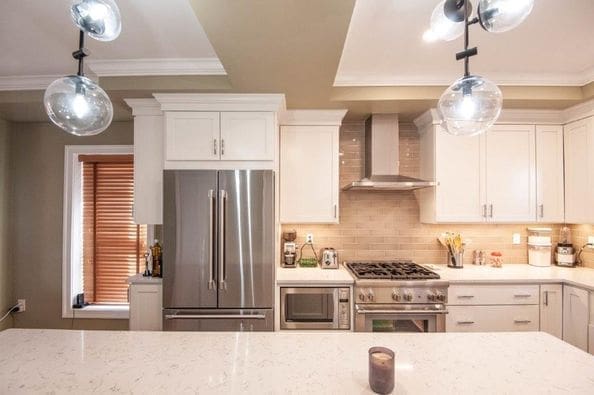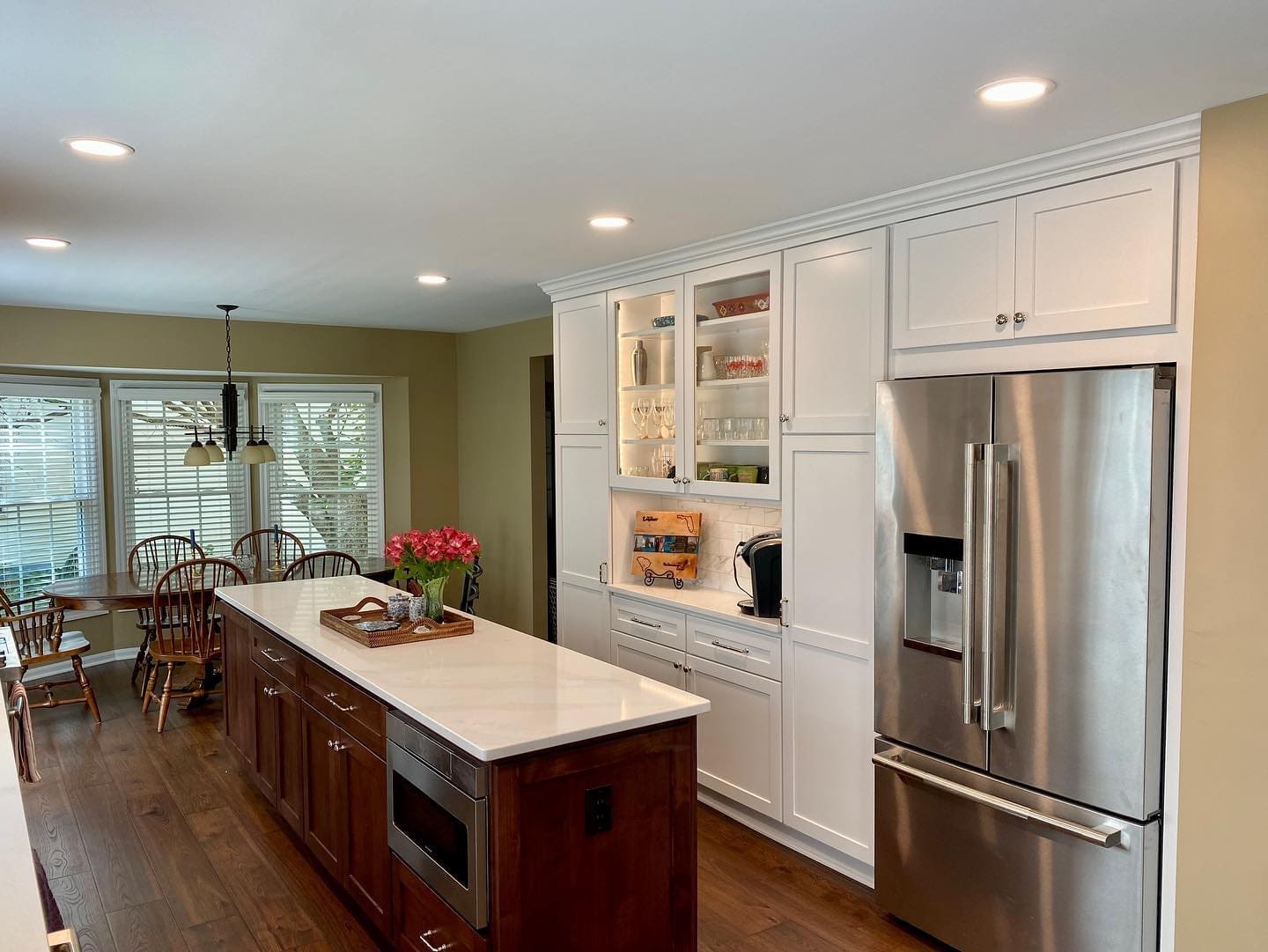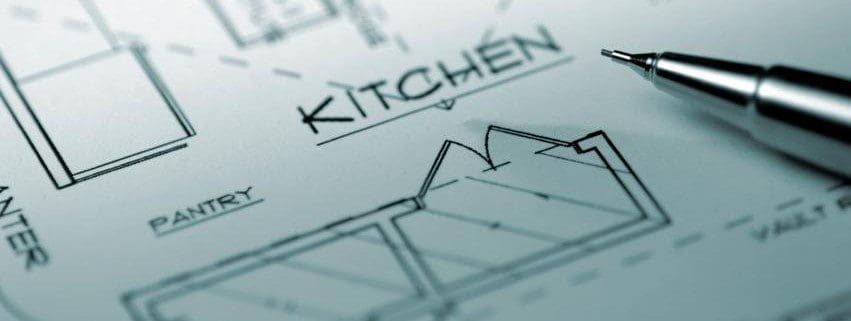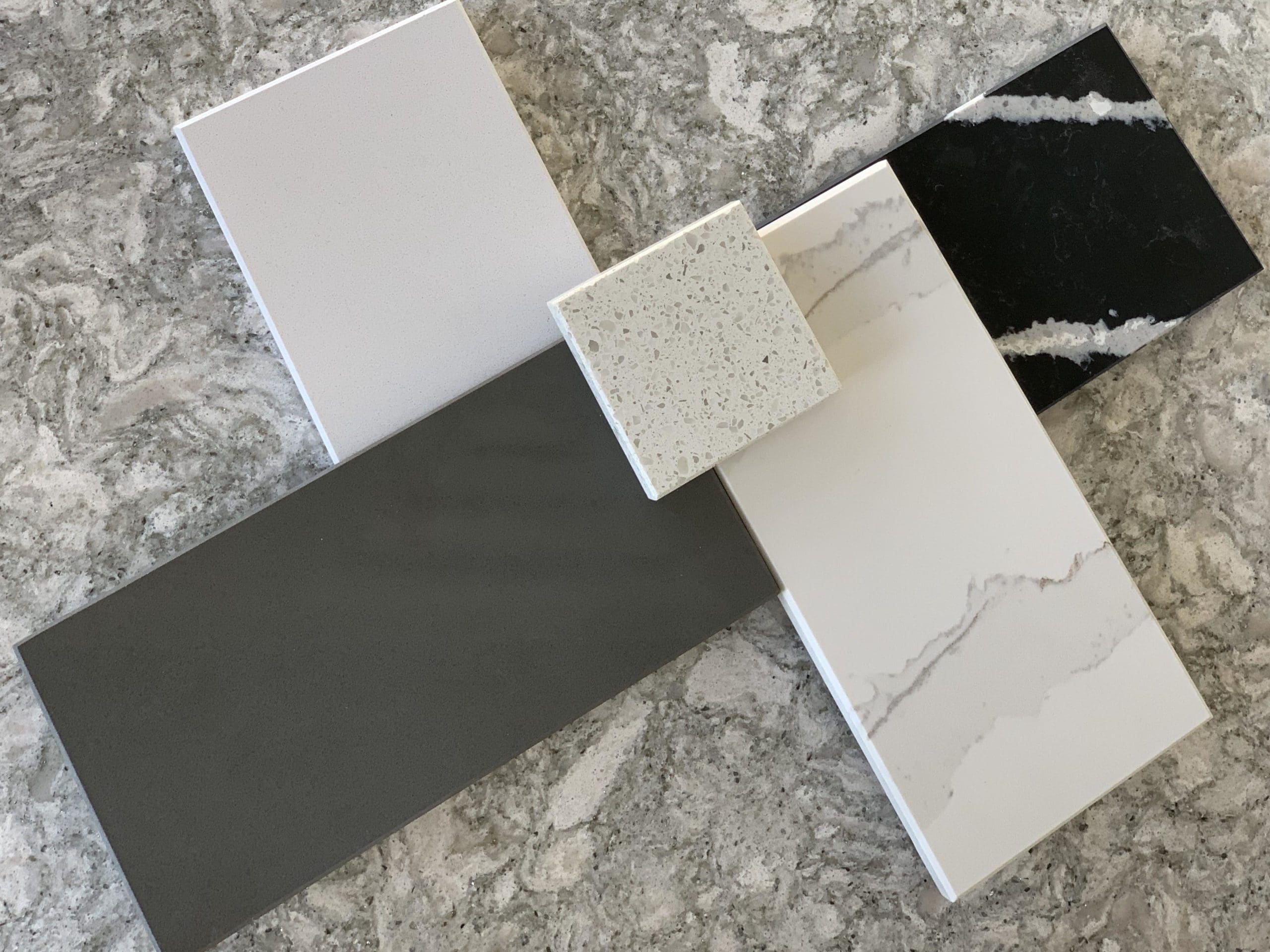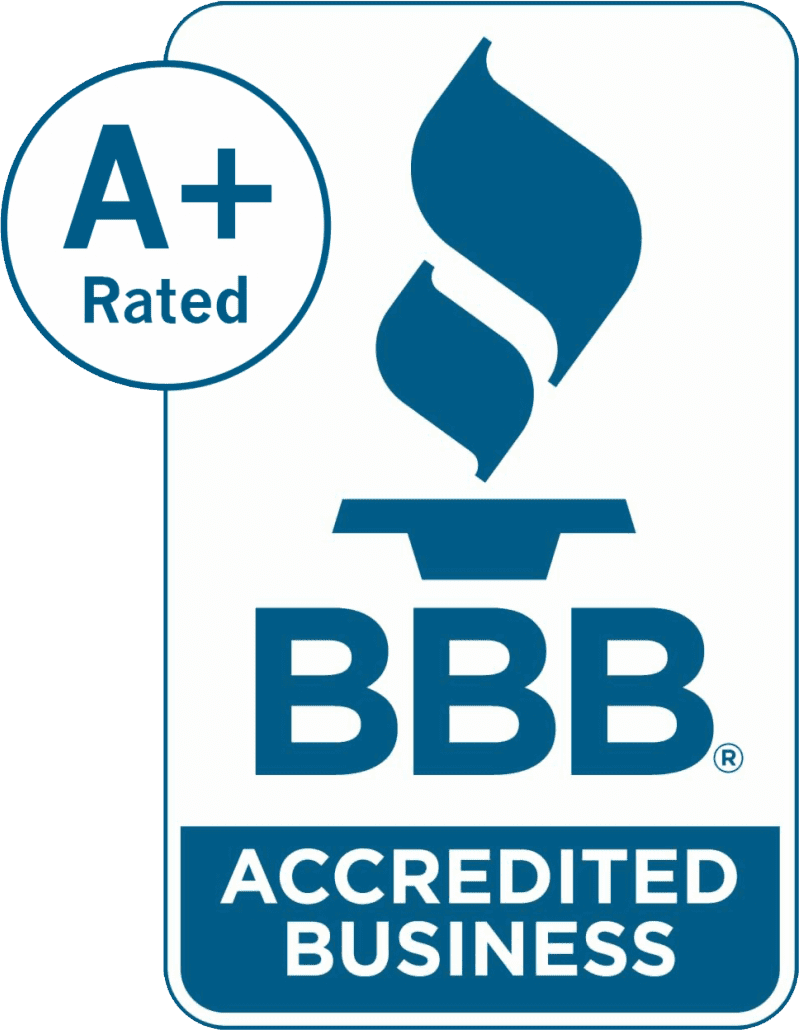 Many new kitchen designs incorporate the use of a separate cooktop and oven appliances. Not only does this permit a feature of cooking modularity in the kitchen, enabling the chef of the home to work at two separate stations, but also enables the homeowner to customize the look and service of their new kitchen. In foregoing the self-contained ‘range’ option, the homeowner can be very specific with regards to the needs and desires of their everyday and entertainment cooking enterprises. In choosing a separate oven appliance, for example, the homeowner is afforded the options and features of this major appliance that will be uniquely dedicated to the type of cooking the household enjoys. Of course, the homeowner may also opt for the inclusion of multiple ovens, stacked neatly and majestically together, which will have their own proprietary advantages. Whatever your needs or circumstances may be, there’s the perfect oven, or ovens, awaiting your decision.
Many new kitchen designs incorporate the use of a separate cooktop and oven appliances. Not only does this permit a feature of cooking modularity in the kitchen, enabling the chef of the home to work at two separate stations, but also enables the homeowner to customize the look and service of their new kitchen. In foregoing the self-contained ‘range’ option, the homeowner can be very specific with regards to the needs and desires of their everyday and entertainment cooking enterprises. In choosing a separate oven appliance, for example, the homeowner is afforded the options and features of this major appliance that will be uniquely dedicated to the type of cooking the household enjoys. Of course, the homeowner may also opt for the inclusion of multiple ovens, stacked neatly and majestically together, which will have their own proprietary advantages. Whatever your needs or circumstances may be, there’s the perfect oven, or ovens, awaiting your decision.
Why Heat Source is an Important Consideration
Whether the oven is gas or electric doesn’t determine the quality of the oven whatsoever; and it is typically a decision of preference by the homeowner. Yes, professional cooks and chefs tend to prefer the gas models because the ambient heat inside the oven tends to be more consistent in that there are virtually no ‘hot spots’ that would cause an unevenly cooked meal or baked product. For the most part, this tends to be a true statement; but there are exceptions to this rule when you take a better look at convection and indirect heating options.
Take a look at an oven that is classified as a conventional oven. These are appliances, whether gas or electric, which will have the primary heat source mounted on the bottom, top, or rear wall of the interior of the oven; and the predominance of these ovens, will have a combination of top and bottom heat sources. These appliances utilize radiant heat that is static; and by design, simply heat an enclosed space. Electric coils will tend to create a greater heat directly above the elements, which can create the unwanted ‘hot spots’, and gas flames are inherently much broader in radiant heat displacement, therefore minimizing these events. However, when these same ovens are featured with a fan-assisted convection option, the end results are identical in either heat source and the cooking results are much more desirable and predictable. The science behind ‘convection’ is pretty straightforward: circulating the hot air inside the ‘box’ in order to eliminate any inconsistencies in the heat value of any particular space within the oven. In fact, with convection ovens, the level of controlled temperature may be reduced–saving time and costly energy sources–while producing a much better finish product. An alternate method of controlling the ‘hot spot’ issue, rendering an evenly heated oven, is by choosing an oven with indirect heat options. This science takes the heating elements and places them behind the interior walls of the oven, heating the walls and creating an evenness of heat throughout the interior. As effective as these units are in controlling a constant, even heat, they tend to be much less efficient than the alternates.
Will I Need More Than One Oven?
Although it might be considered pretentious to even think about having more than one oven in your new kitchen, there is a fair amount of logic that supports such a decision. Granted, the budget and space requirements have to present such an option to be realized; but there may be enough justification present in this decision to counter precisely those considerations. If the kitchen is scheduled to receive one oven, for example, to service the entire sum of the cooking needs, then it should be a larger unit that can accommodate an entire Thanksgiving dinner, right? A single large unit will likely satisfy such a need. Now, imagine that the task at hand is to bake a dozen muffins as a surprise for the kids when they come home from school. Yes, this massive oven needs to be heated-up for a dozen muffins. Whether the oven is being used for an entire meal or only occupied by a cupcake tin, the amount of energy used is the same. Ouch!
The true measure of an experienced cook is that the entire meal is ready at precisely the same time. Imagine that you have salmon, quiche, and a cheese soufflé on the menu for your guests. It’s unlikely that anyone would choose to bake these in the same appliance at the same time, for obvious reasons. Hence, there is some real wisdom behind having multiple units, stacked in a neat tower that would, essentially, occupy the same working space of a single oven. A radiant oven located at the base, a convection oven for baking–wall-mounted above; and a microwave oven (conventional or convection) wall-mounted above that one–just in case your kids want a heated snack before the big meal is ready. This particular appointment is ideal for those who take their kitchen and culinary aspirations very seriously. Most homes address these needs more modestly and can do very well with fewer ovens; but wouldn’t an arrangement like this inspire that chef in you?

